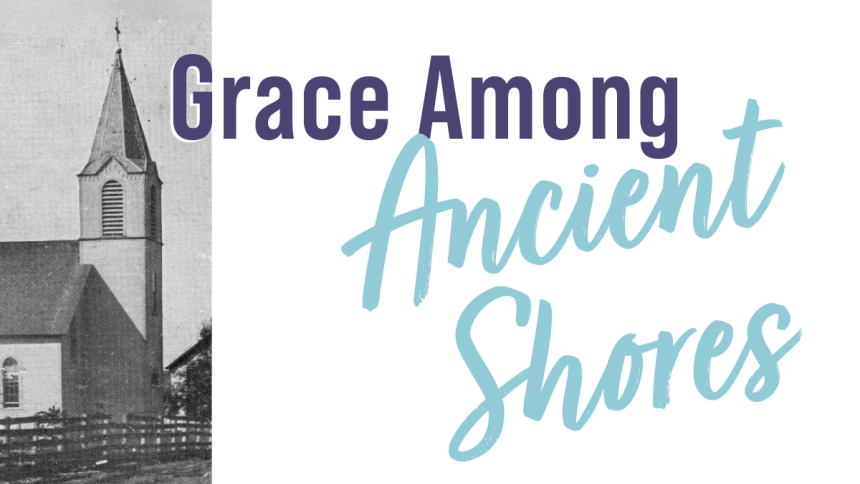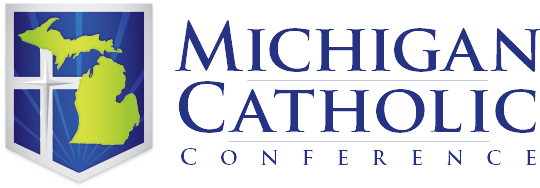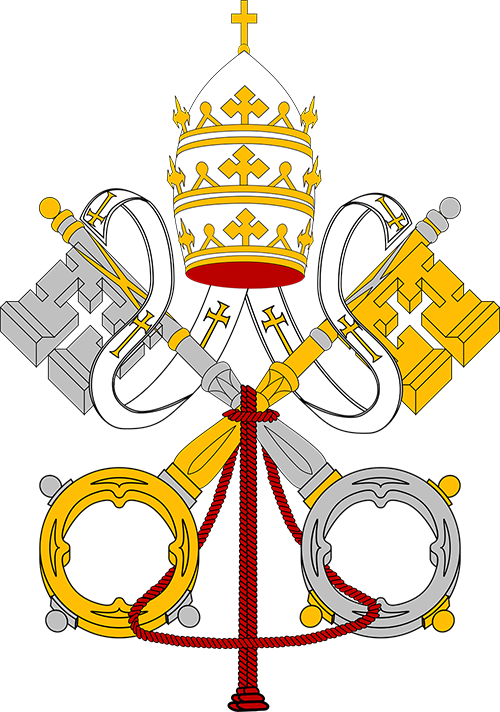
In the unforgiving wilderness of Northern Michigan, a profound beauty emerged from the sacrifices of early Jesuit missionaries who helped transform the land and implanted Christianity in the Michigan territory. It was on the shores of L’Arbre Croche in the late 1600s, where the European missionaries navigated the dense wilderness and Native American cultural and linguistic differences to promulgate and disseminate the Catholic faith.
The rich history encapsulates the incredible fortitude of the early Catholic missionaries, such as Father Gabriel Richard, Venerable Bishop Frederic Baraga, Father John Weikamp and Father Francis Pierz. Their zeal for Christ in the Eucharist propelled their ministerial efforts to convert Native Americans.
Jubilee Year 2025 Recalls the Past Faithful
The Jubilee Year 2025 celebrates a pilgrimage of hope and a reminder that today’s faithful have a responsibility mirroring that of the black robes that planted the seeds long ago: to educate and to celebrate Christ in the Eucharist.
The Black Robe Jesuits Arrive
“History records French Jesuits arriving at La Croix (today known as Cross Village) in roughly 1741 under Father Pierre Du Jaunay’s ministerial leadership,” informs local historian and author Jane Cardinal. “However, Christianity, has roots in Northern Michigan originating in roughly 1670 when French Jesuit Missionary Father Jacques Marquette traveled the region to stay in contact and serve the Odawa who chose Christianity under his ministry at Lake Superior.
“Marquette’s association with the Kiskakon Odawa began at La Point du St. Espirit Mission at Chequamegon Bay on the south shore of Lake Superior in 1669, where he was assigned as a missionary priest,” Jane adds.
“Due to challenges from the Sioux, the missionaries, including the Kiskakon Odawa, followed Marquette to St. Ignace but moved to L’Arbre Croche for better farming land,” she continues. “It was Father Du Jaunay, in the mid 1700s, who planted the original cross of 100 feet to mark the site of a large Jesuit Center, (also called a college) where the missionaries met and rejuvenated after traveling to all points around Lakes Michigan and Superior, carrying the Word of God.”
The Zeal for Christ in the Eucharist
Despite the rich natural resources throughout the area, the environment was unforgiving and a challenge to navigate: the very definition of wilderness.
There are accounts of Venerable Bishop Frederic Baraga’s travels throughout Northern Michigan that articulate his gratefulness to survive, which exemplify the harsh territory these faith-filled clerics were called to minister.
In an 1851 journal entry, then-Father Baraga recounts his 24-hour, 30-mile trek to a mining settlement in a blizzard, “It was certainly terrifying... all alone in a dark, frightfully cold night without fire... tired to exhaustion! Now what was I to do? There was no other choice but to go on or freeze.”
He further documented: “The winter is very severe in this desolate country. Some days were so cold that I almost could not finish the Mass that had begun. I brought the cruets that were warm from the stove into the church and before I came to the offertory, everything was already so frozen that I had to break the ice to be able to pour the wine and water into the chalice.”
The fortitude of these early European missionaries is extensive and rich in historical triumphs and challenges.In particular, is the foundation that Father Jacques Marquette cemented that enables the Catholic faith to advance for centuries and across then soon to-be explored territories.
To read more about the heroic sacrifices and transformative beauty of Christ’s sacred love in the Eucharist that the black robes from long ago shared with the faithful, click here.
Jubilee Celebration
Come see where Christianity took root in Michigan, visit the museum and attend the special jubilee Mass at Holy Cross Church on Oct. 11, at 5 p.m.






